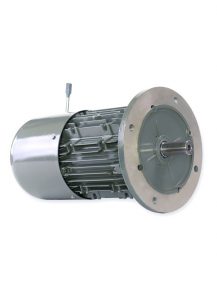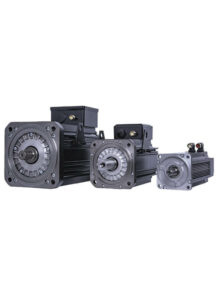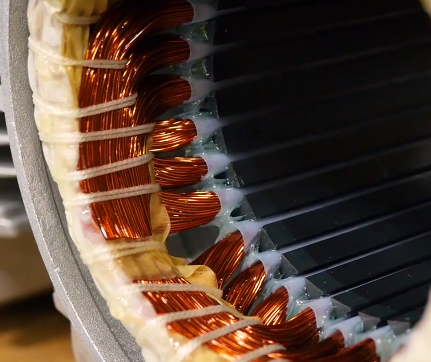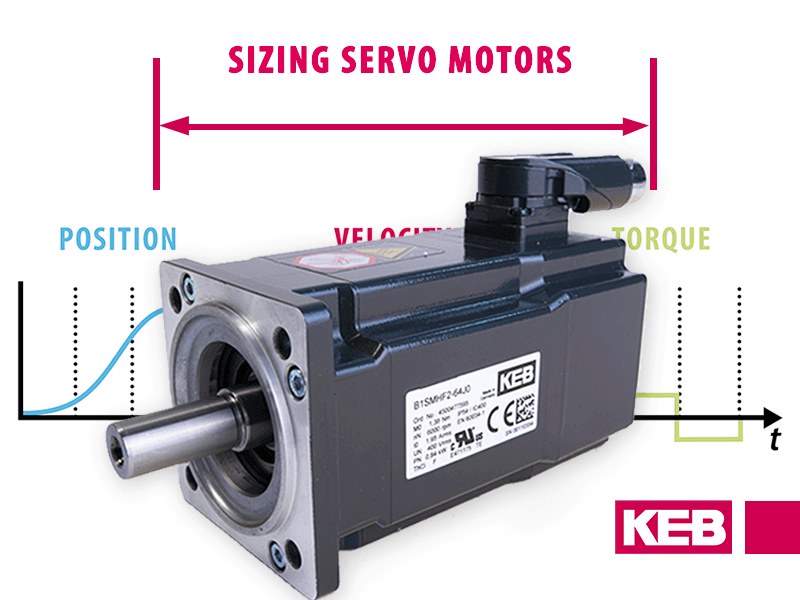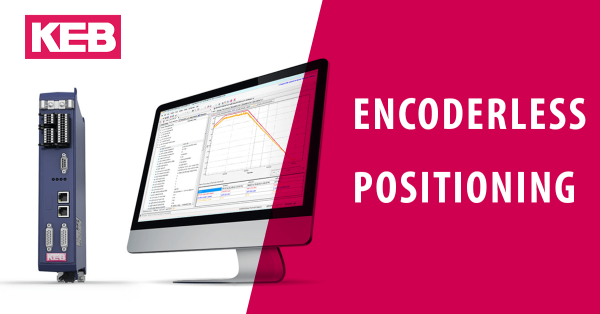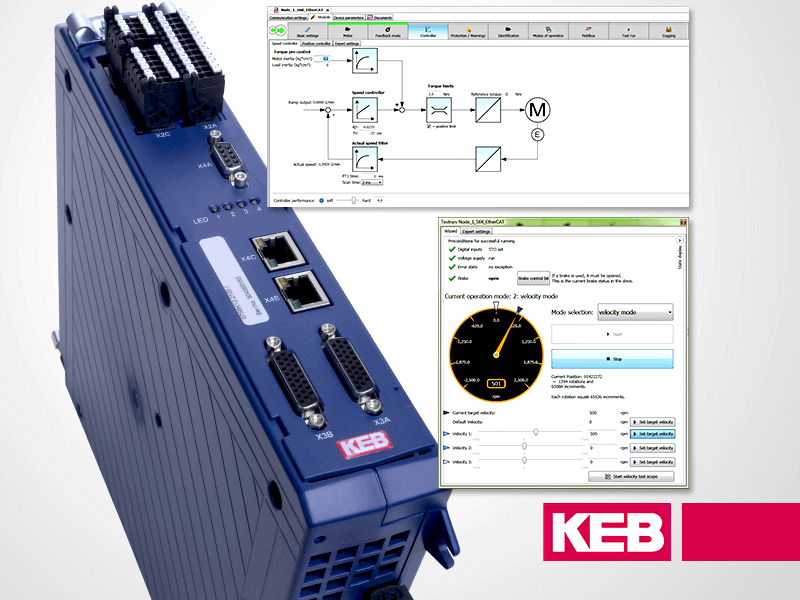Servo or Induction Motor – Which is right for your application?
When specifying a motor for your application, the decision often boils down to choosing between an induction motor and a servo motor. Both types of motors have their distinct advantages and disadvantages. Let’s explore the benefits of both to help determine which motor technology is best suited for your specific application.
The two crucial factors to consider when choosing between servo motors and induction motors are performance and cost. Evaluating the performance of a motor involves examining its torque density, inertia, dynamic performance, and ease of control by a VFD.
For optimal results, you’ll want the best performance at the most affordable cost. Now, let’s delve deeper into the performance of these motors.
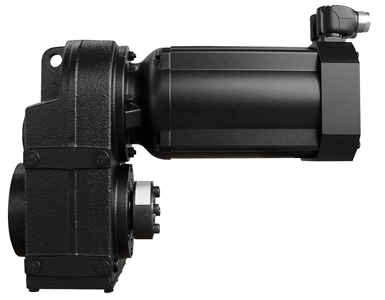
Advantages of Servo Motor
Servo motors, also known as permanent magnet motors, have found extensive application in the machine tool industry. Their easy control systems for both rotary and linear motion, high maximum speeds, and short acceleration times make them highly desirable.
Torque density is enhanced in servo motors, producing 40-60% higher torque capacity than equivalent-sized induction motors. Their compactness is a boon for machines where space and weight are paramount.
The rotor size of a servo motor is generally smaller than that of an equivalent induction motor, resulting in reduced inertia. This feature benefits applications requiring rapid cycle times and dynamic motion control profiles.
Unlike line-started induction motors, servo motors provide full torque at zero speed, a crucial feature for applications like dynamometers or winders.
Recent advancements in servo drive technology have facilitated the broader use of servo motors. Manufacturers, including KEB, now offer drives capable of complex current calculations and real-time rotor pole identification, enhancing their effectiveness and usability across various application areas. KEB even provides the ability to position a servo without any feedback.
Servo motors, not typically equipped with a fan, often boast higher ingress protection ratings of IP55 or IP65. This surpasses the IP ratings of traditional ODP or TEFC motors.
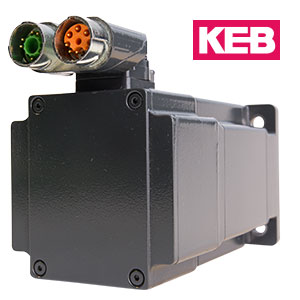
Servo Motor Disadvantages
On the downside, the cost of servo motors has been a limiting factor, though the price gap with induction motors is narrowing. In some scenarios, the advantages of servo motors can turn into limitations. For instance, machines like crushers may benefit more from the higher inertia of induction motors.
Servo motors can be equipped with brakes, but these are primarily for holding or e-stops, and their size and options might be limited. Some use permanent magnet brakes, which are not “failsafe” and might not be ideal for safety-critical applications.
Induction Motor Advantages
Induction motors, particularly the three-phase squirrel cage type, have been a go-to option for cost-effective and reliable solutions in single-speed applications. They remain relevant in scenarios where the added cost of servo motors cannot be justified.
For applications demanding constant speed under significant load, induction motors are often more economical. The absence of a need for quick accelerations, high dynamic speeds, and precise positioning also tilts the scale in favor of induction motors.
Advancements in drive technology have allowed induction motors to operate in closed-loop vector mode without encoders, further enhancing their applicability. (See KEB’s ASCL drive technology.)
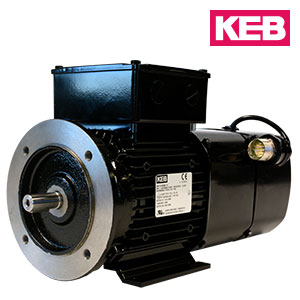
Induction Motor Disadvantages
However, induction motors are typically larger, with more inertia than their servo counterparts. There might be better choices for highly dynamic applications. Their efficiency, though improved due to recent legislation, still needs to catch up to that of servo motors.
Which is Right for your Application?
Both induction motor systems and servo systems can be the right fit for your application, depending on your performance and pricing needs. Induction motors offer lower cost, reliability, and rugged solutions for single-axis applications with simple motion profiles.
In contrast, servo motors provide high dynamic performance and torque density but come at a little higher cost. Here at KEB, we proudly present both induction motor solutions ranging from .25 to 50HP and servo motor solutions ranging from .25 to 20HP. We also specialize in providing both motor types with integral gearing options.
Our range includes helical inline, right-angle helical bevel, right-angle helical worm, parallel shaft, and planetary gearing. If you’re uncertain about the best solution for your application, we’re here to assist in specifying the correct motor.
For any further questions or detailed information, don’t hesitate to contact a KEB representative near you.
Let's Work Together
Connect with us today to learn more about our industrial automation solutions—and how to commission them for your application.
